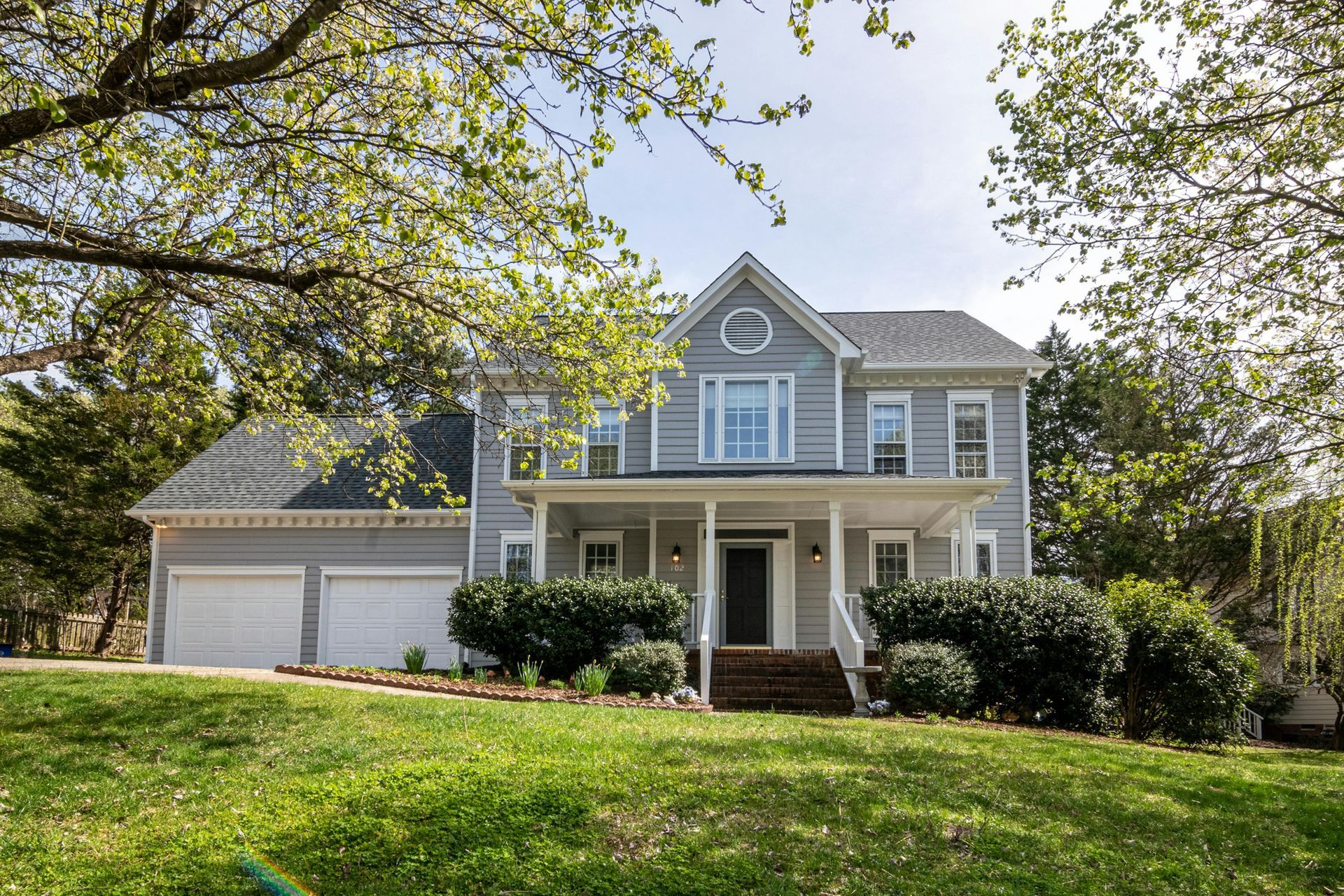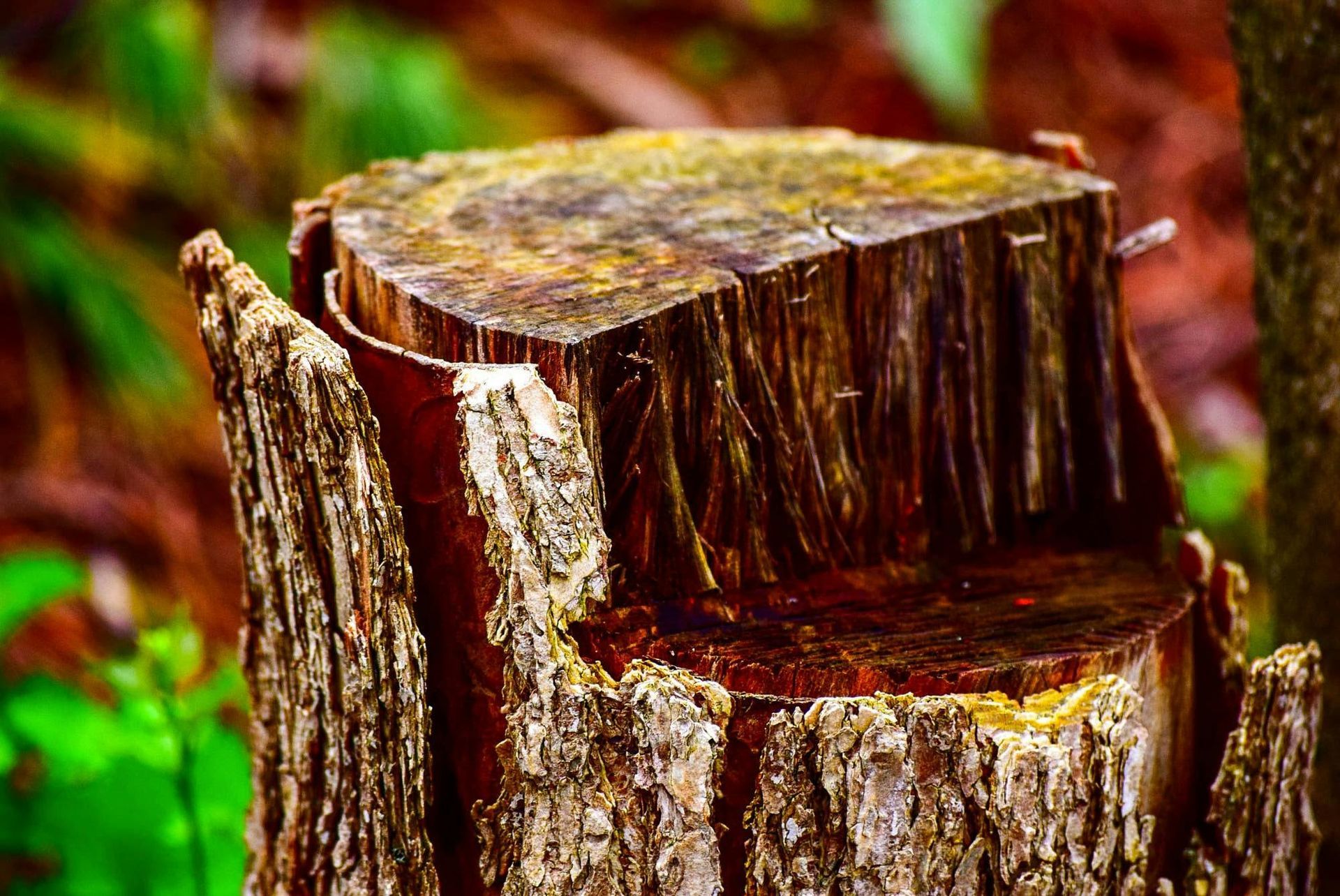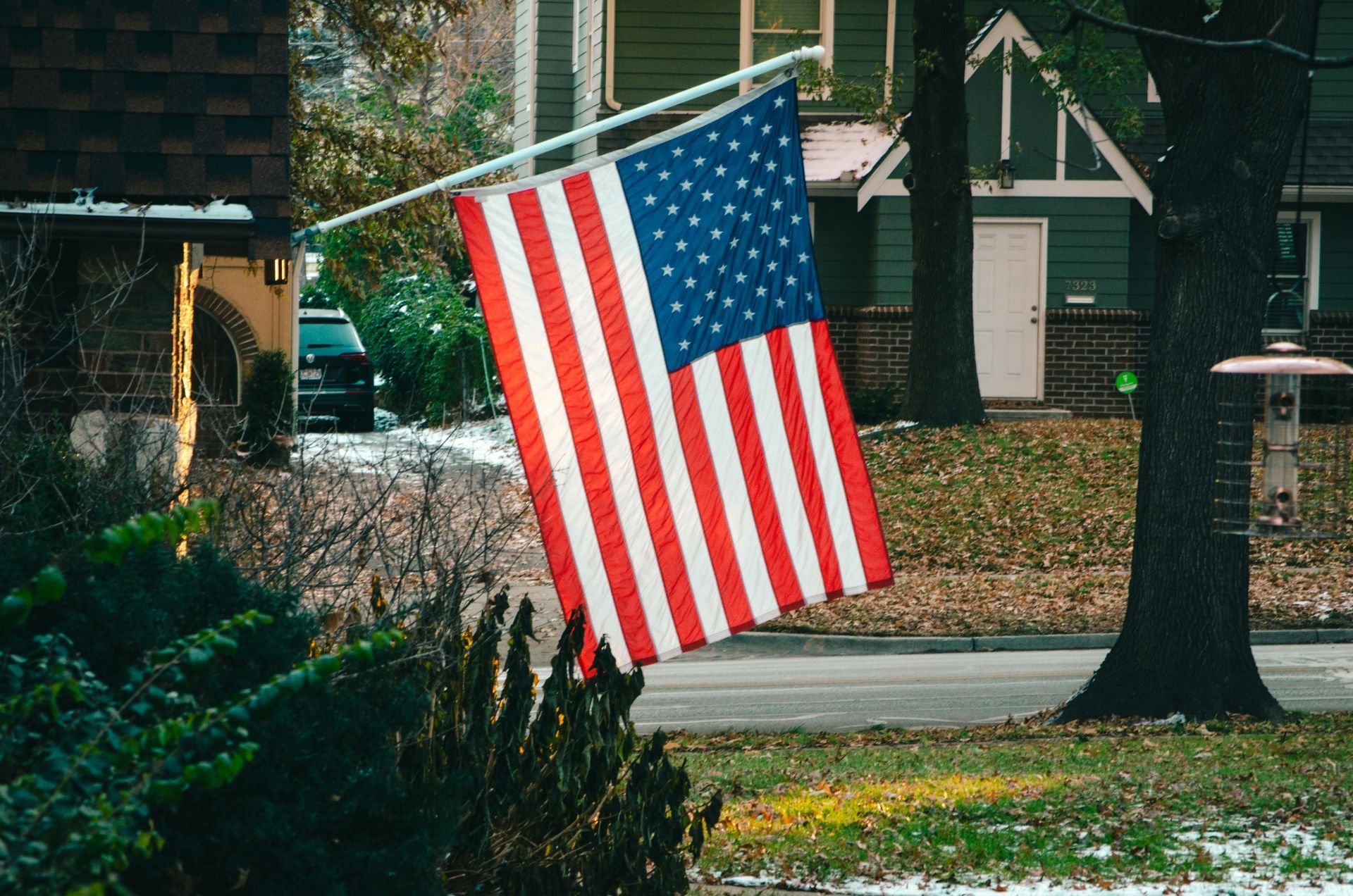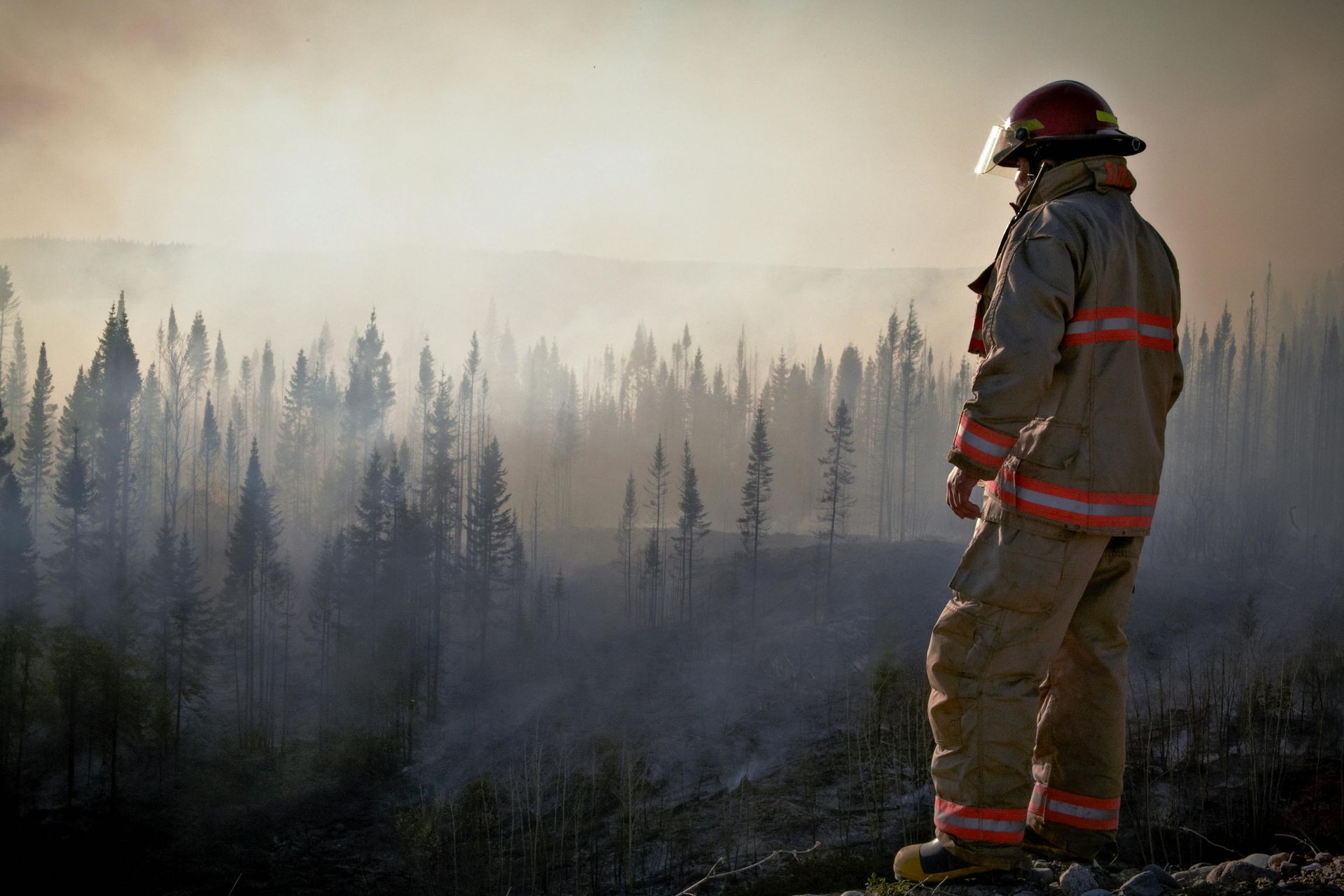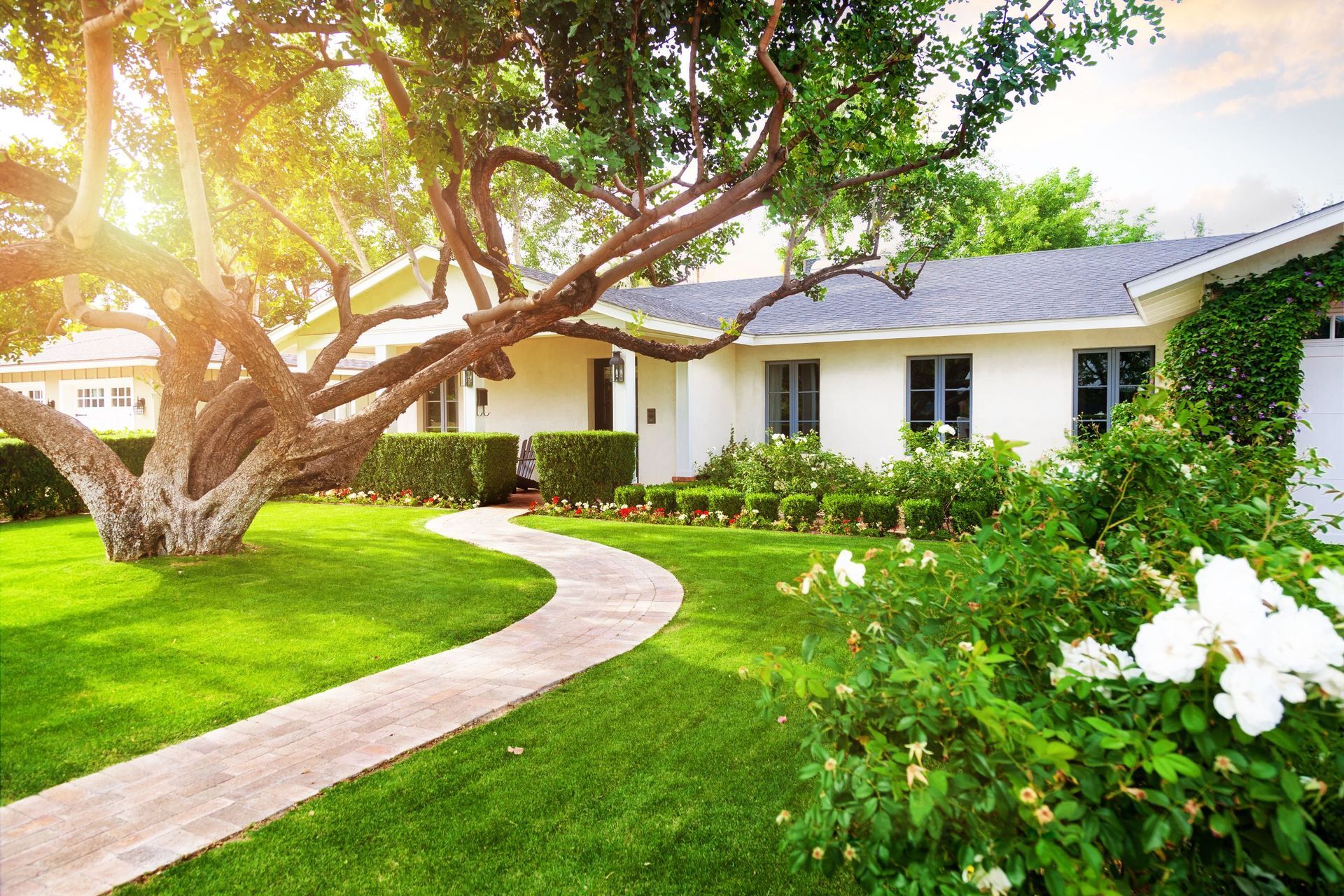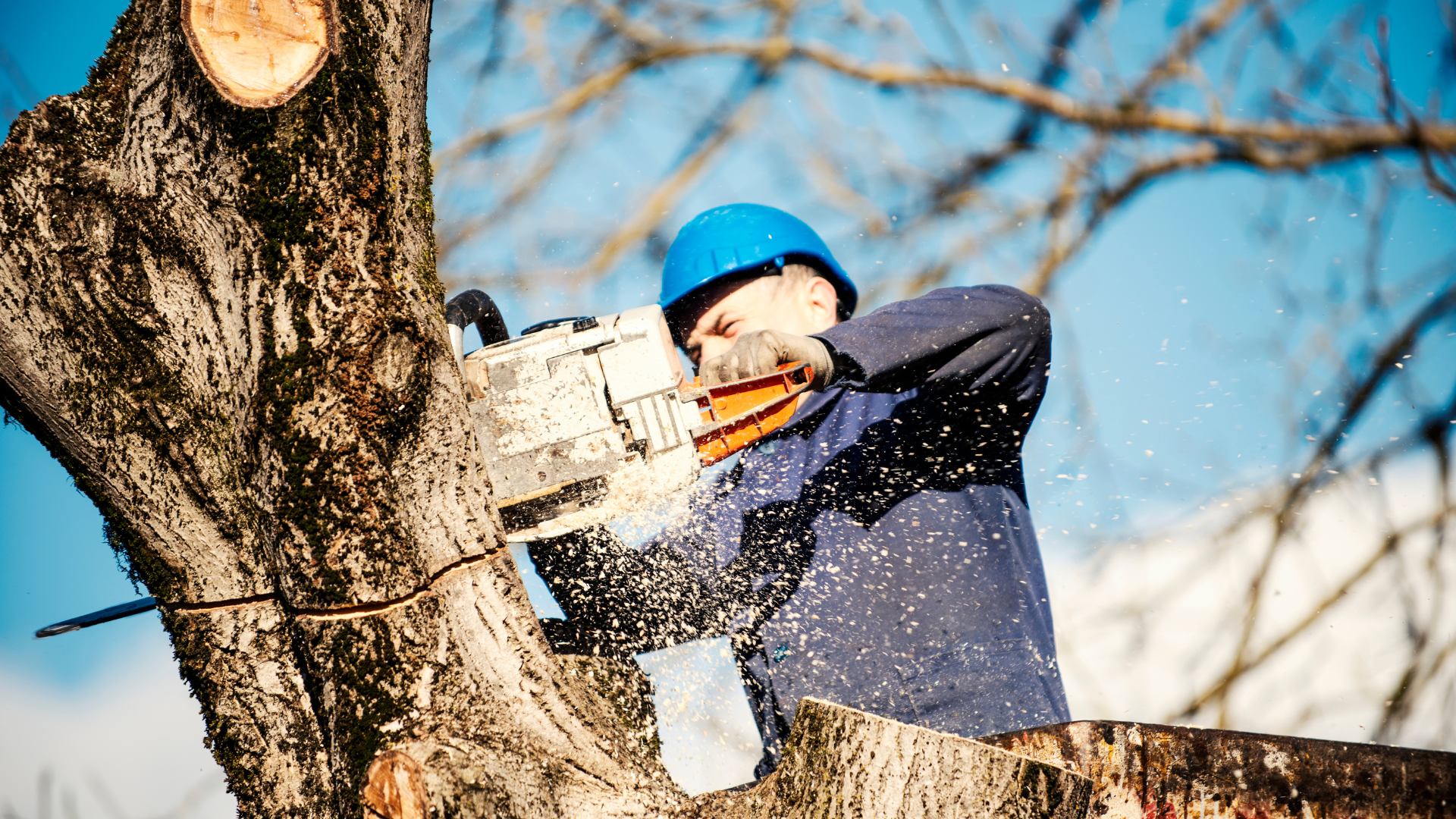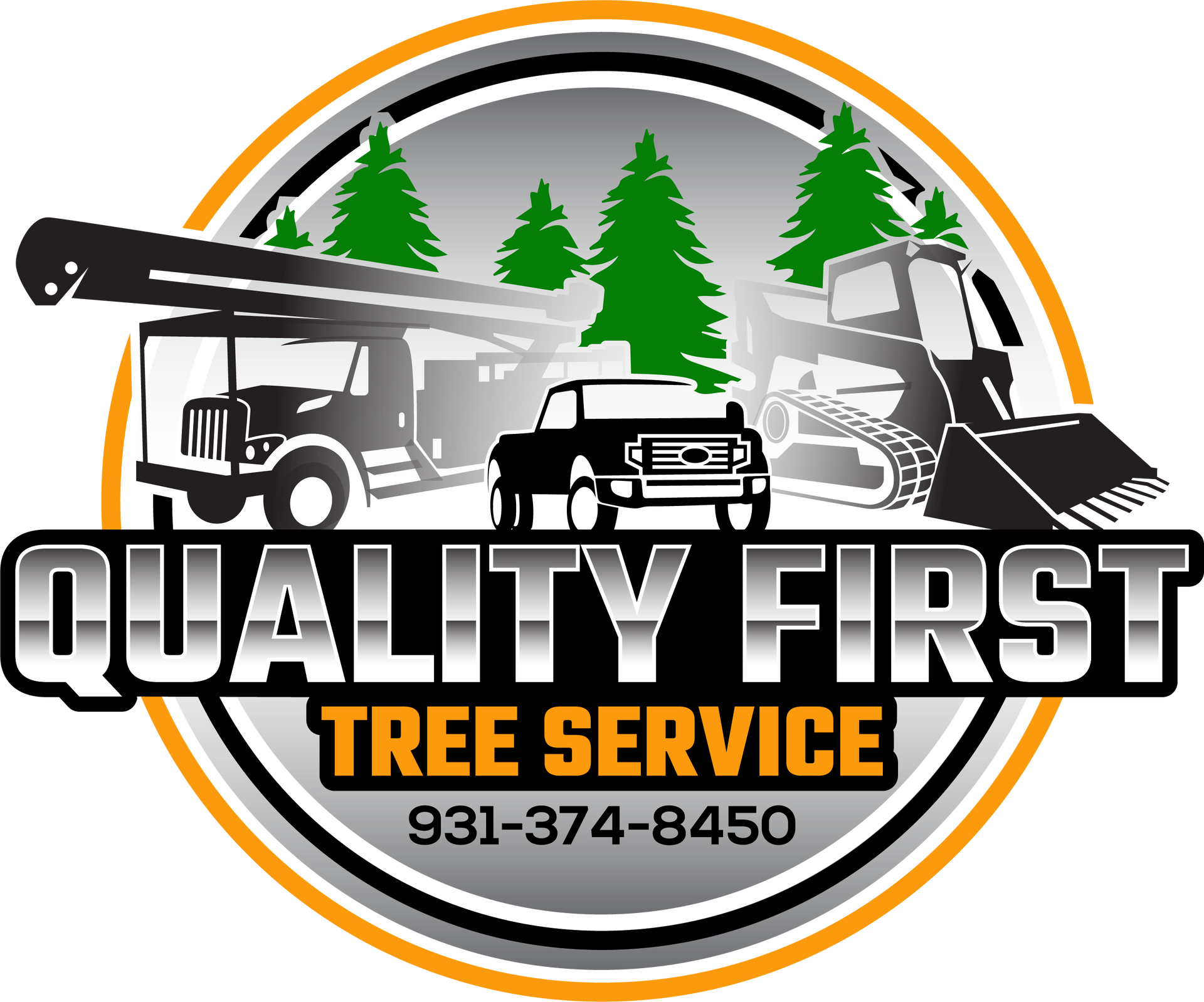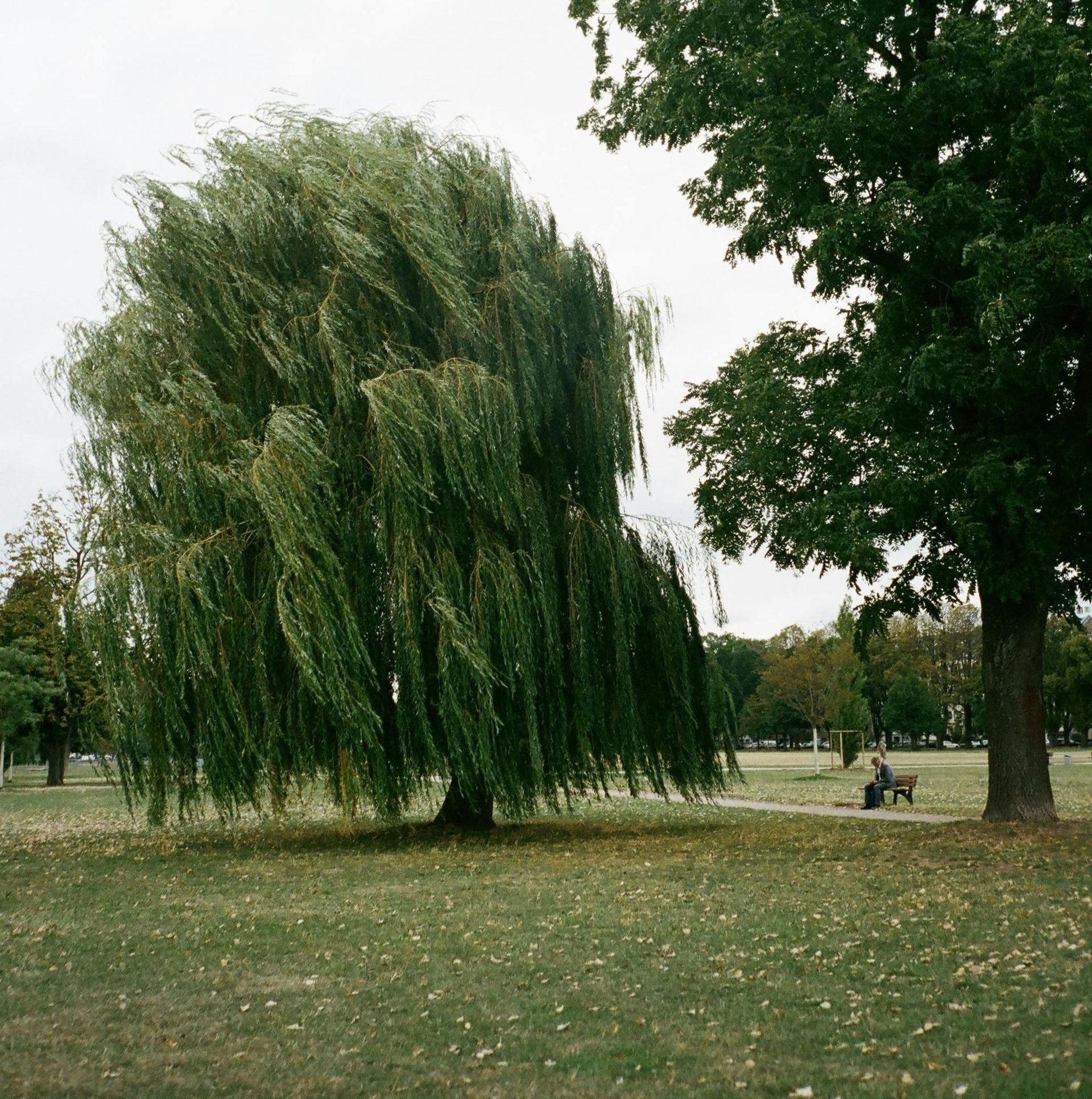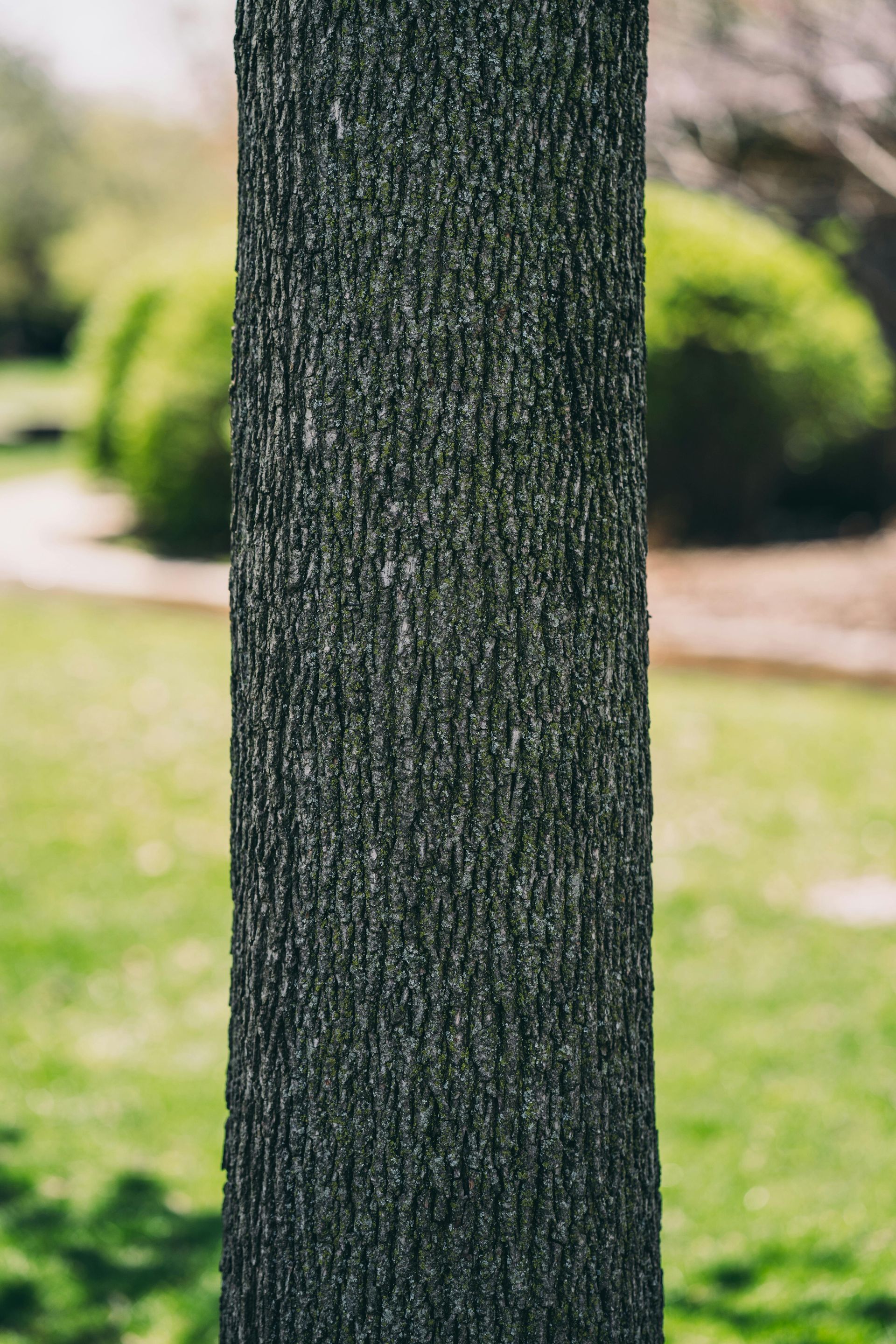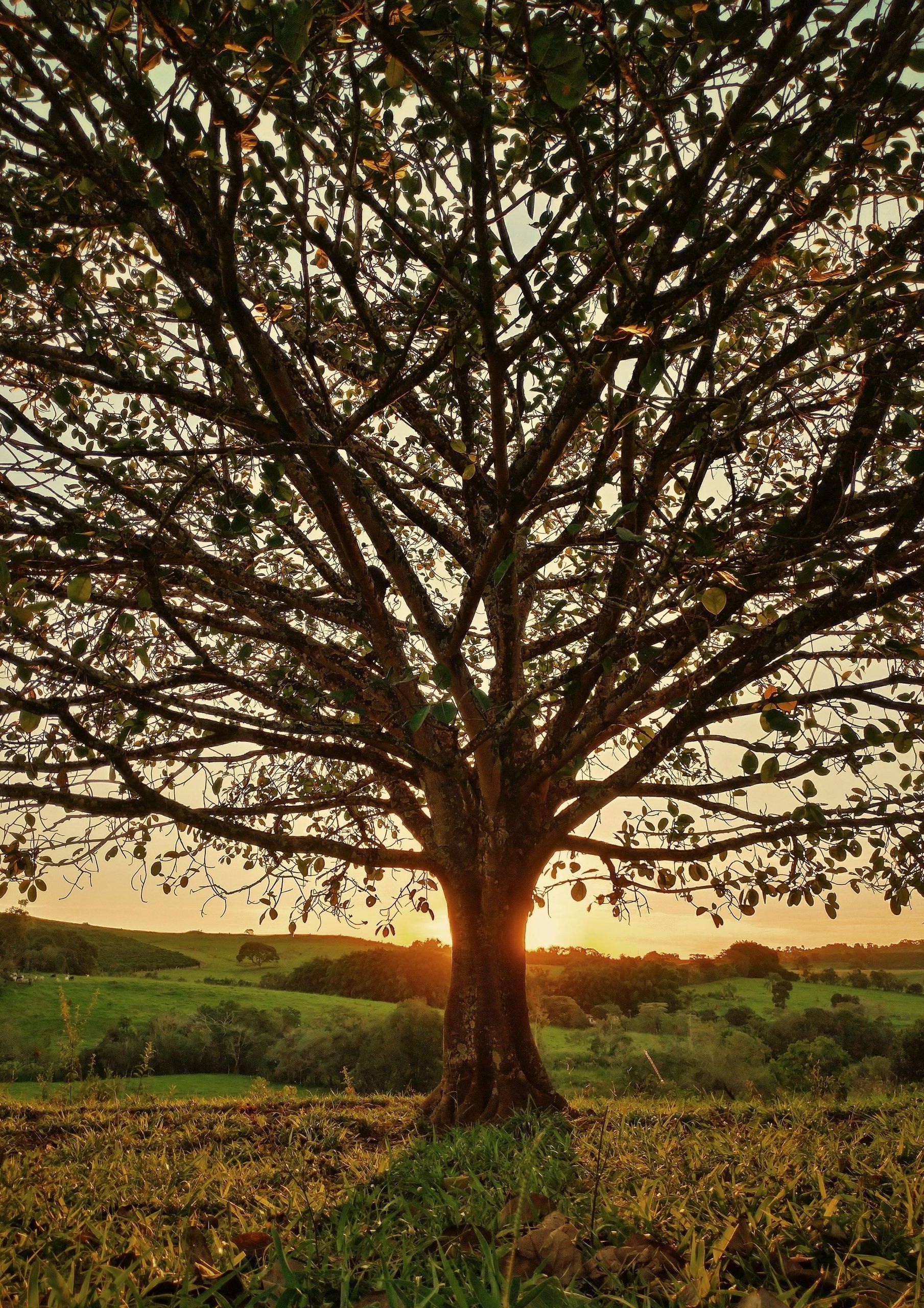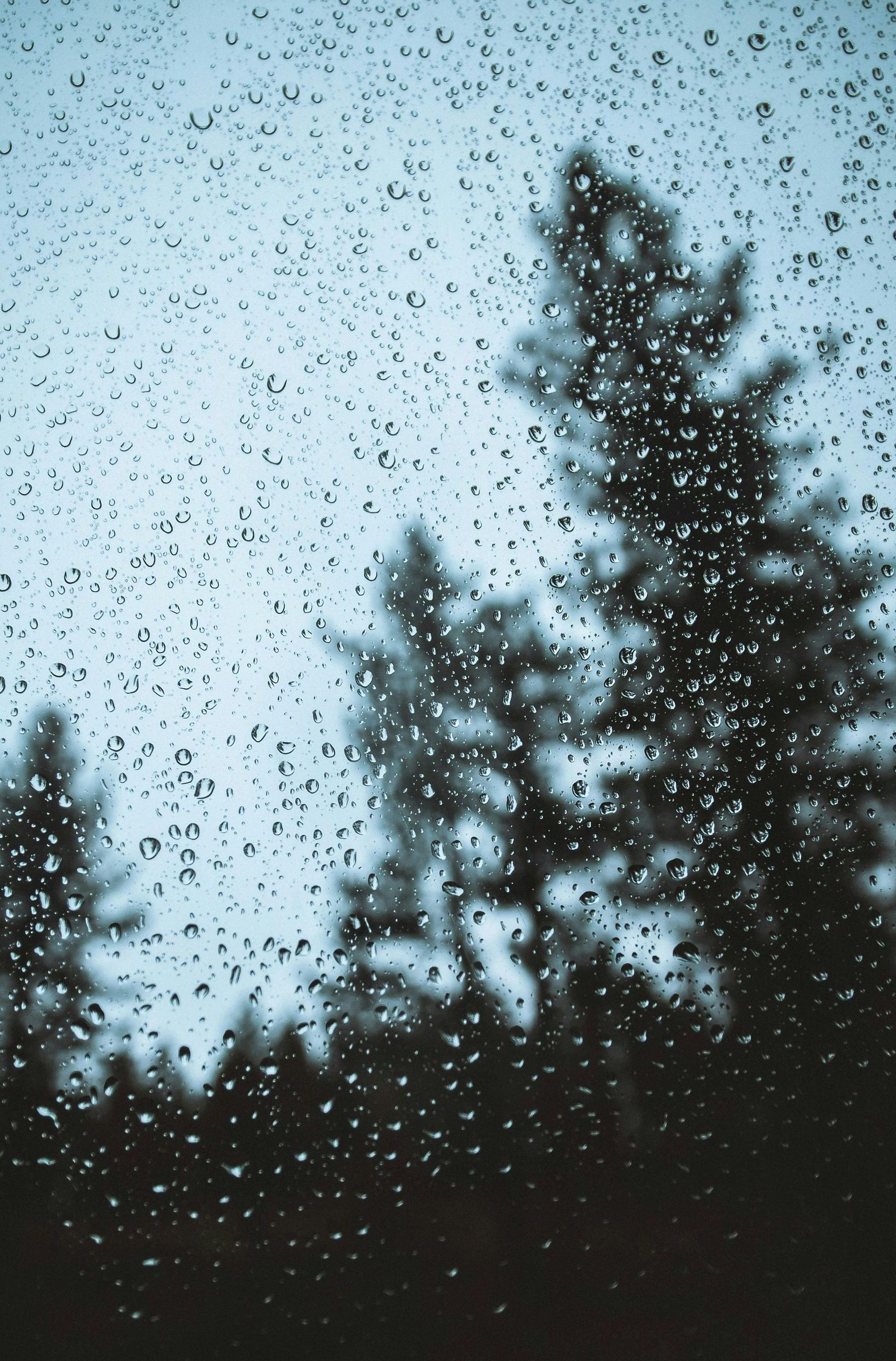Trees Prone to Storm Damage in Middle Tennessee
Storm-Ready Yards
Living in Middle Tennessee means dealing with frequent weather changes, including strong storms that bring heavy wind, rain, and even ice. While many trees in this region thrive in the climate, certain species are more vulnerable to storm damage than others. For homeowners in Columbia, Spring Hill, and surrounding areas, knowing which trees are more likely to fail under pressure is crucial for maintaining a safe property.
At Quality First Tree Service & Landscaping, we see the same tree-related storm hazards again and again. Here are the top species to monitor closely and consider removing or trimming before the next storm hits.
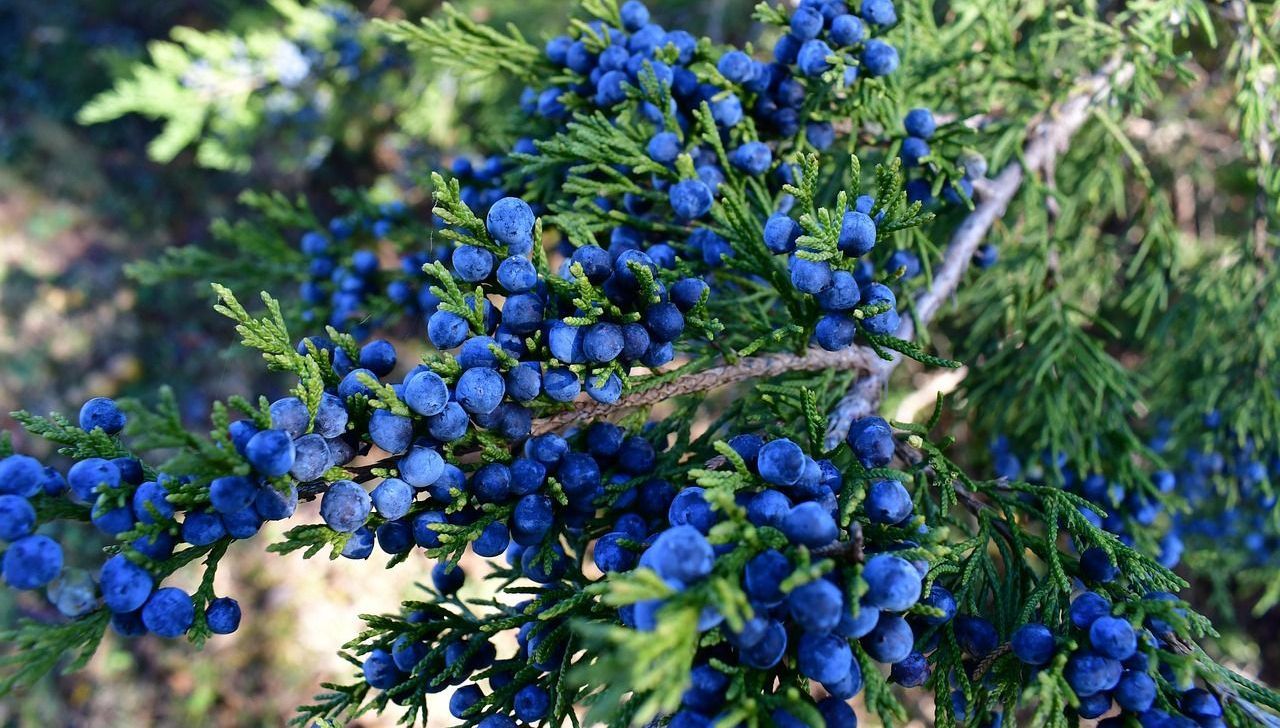
1. Bradford Pear
Bradford pears are common in suburban developments, but they are one of the most problematic trees when it comes to storm resilience. Plus, they famously smell terrible. These trees grow quickly and have a weak branch structure, with tight V-shaped crotches that easily split under wind or ice. Although they produce attractive spring blooms, their poor structural integrity often leads to major branch failures.
Recommendation: If you have mature Bradford pears on your property, routine pruning is essential. In many cases, removal may be the safer long-term option.
2. Silver Maple
Silver maples are fast-growing shade trees that many homeowners planted decades ago for their size and speed. However, that rapid growth comes with a cost: weak wood. Their limbs are prone to breaking under heavy wind or snow, and large surface roots can interfere with sidewalks and foundations.
Recommendation: Have these trees evaluated regularly. If branches hang over your roof or power lines, trimming or full removal may be necessary.
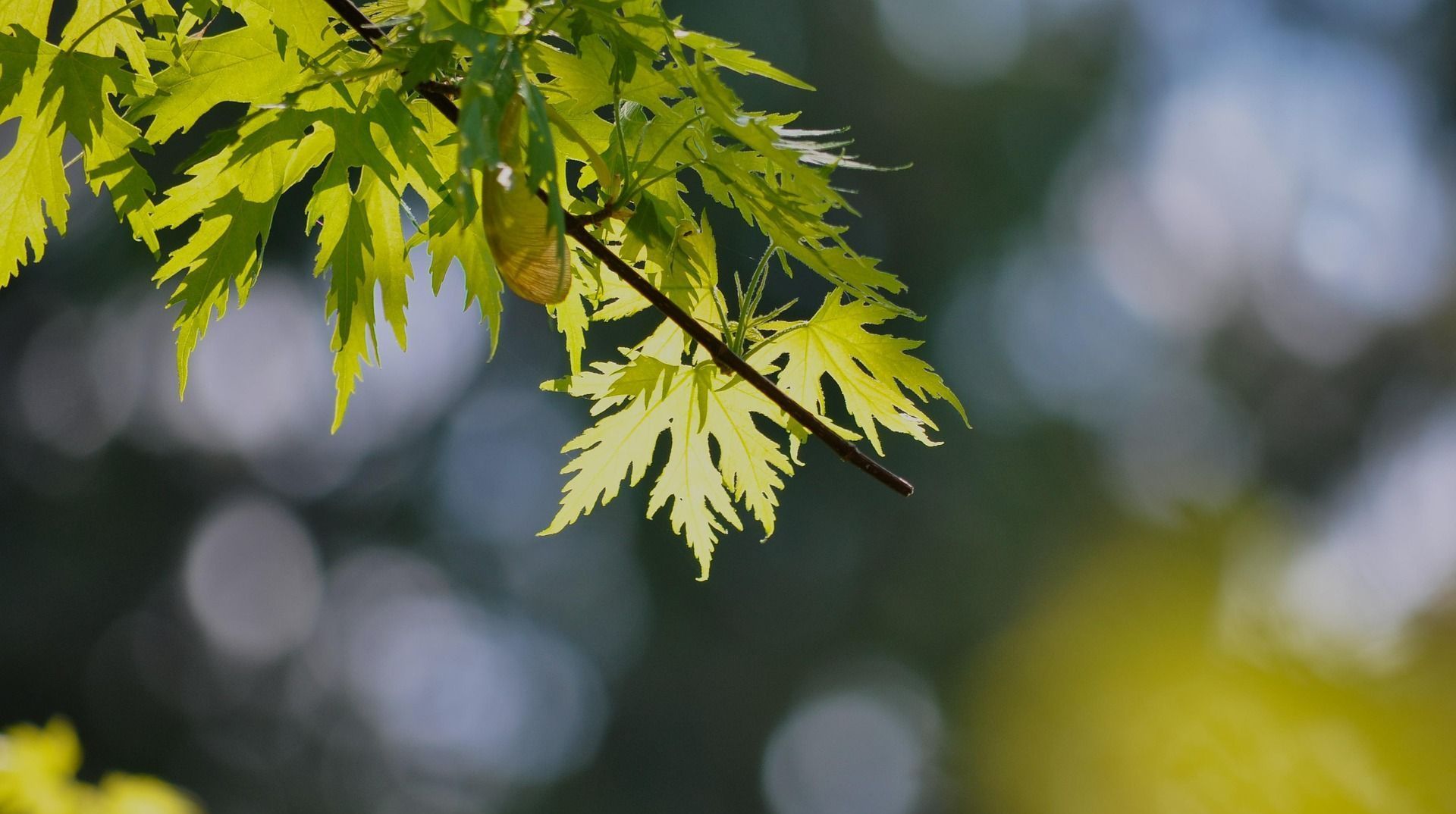
3. Eastern Red Cedar
While Eastern red cedars are native to Tennessee and generally hardy, they become a hazard in certain conditions. Their dense foliage can act like a sail in high winds, increasing the risk of being uprooted. In wet soil, their shallow roots offer little resistance.
Recommendation: Proper spacing and regular inspections are key. Avoid overcrowding, which can lead to weak root systems.
4. Box Elder (Ash-leaved Maple)
Box elders are often considered “junk” trees due to their brittle wood and tendency to grow in poor conditions. They’re known for losing limbs even in moderate storms. These trees can also attract boxelder bugs, which become a nuisance indoors during the fall.
Recommendation: If you have a box elder growing near your home or structures, removal is usually recommended.

5. Willow
Willows thrive in wet soil and are beautiful additions to the landscape, but their wood is weak and highly susceptible to breakage. The branches can snap during storms and pose a serious risk when located near homes, driveways, or septic systems.
Recommendation: Trim regularly to lighten branch load and reduce risk. Monitor health closely, especially after storms.
6. Loblolly Pine
Loblolly pines are tall and slender, often reaching over 100 feet in height. In saturated soil or strong winds, they can topple, especially if they are part of a dense cluster where interior trees grow too tall too fast without proper root support.
Recommendation: Remove or thin out clusters to allow proper root development and wind resistance. Monitor trees after heavy rains.
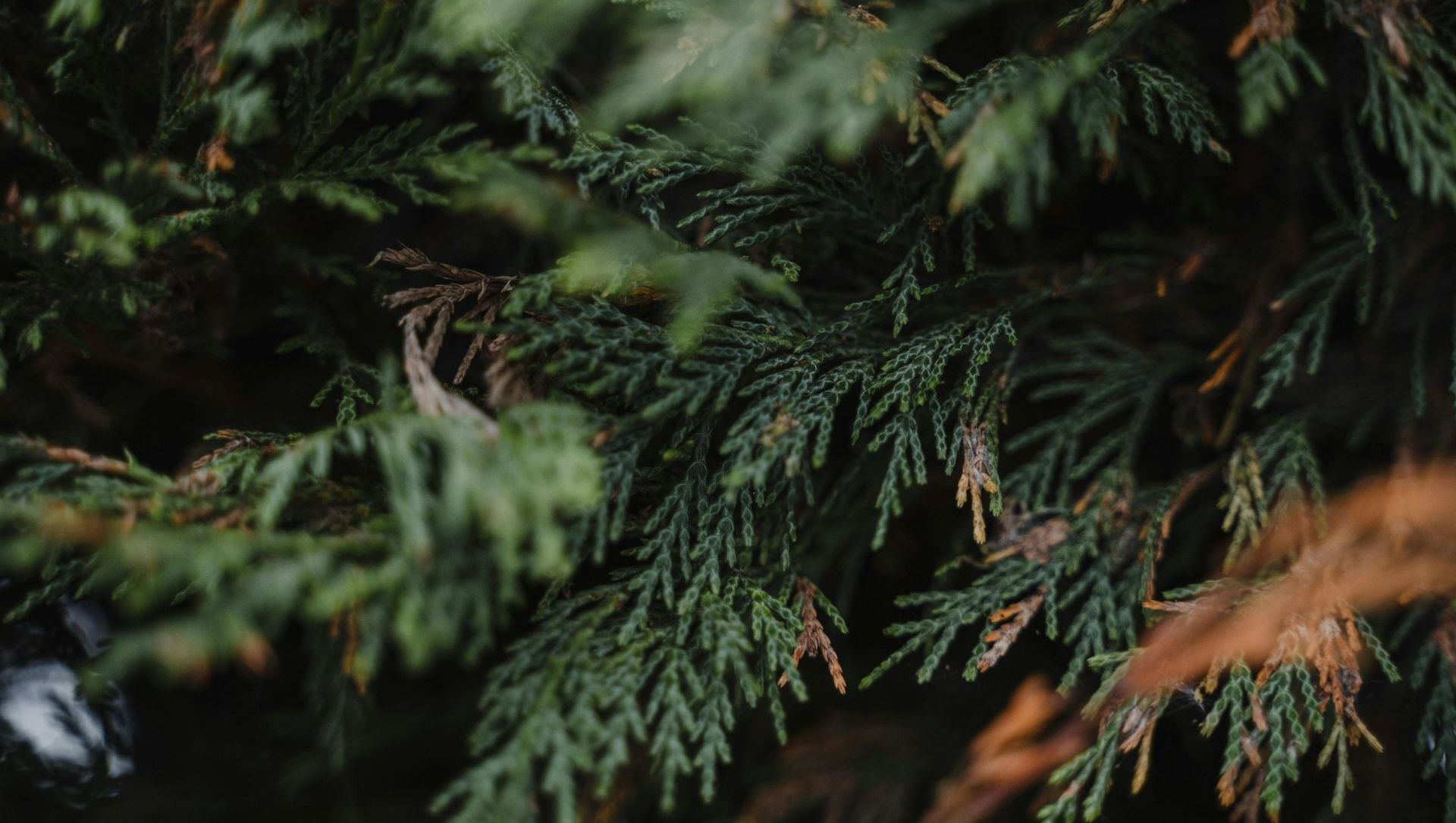
What You Can Do
The best defense against storm-related tree damage is proactive care. Here’s how Quality First Tree Service & Landscaping can help:
- Tree Risk Assessment: We identify vulnerable trees before they become a problem.
- Trimming & Pruning: Strategic removal of weak or overgrown branches to reduce storm strain.
- Tree Removal: Safe and efficient removal of high-risk species near homes and structures.
- Emergency Services: Fast response after a storm to deal with fallen or hazardous trees.
Final Thoughts
Not all trees are created equal when it comes to storm resistance. Knowing which species pose a greater risk can help you make informed decisions that protect your home, your family, and your property. If you live in Columbia, Spring Hill, or nearby areas, contact Quality First Tree Service & Landscaping to schedule a free evaluation.
Protect your landscape before the next storm season begins. Your trees—and your roof—will thank you.
